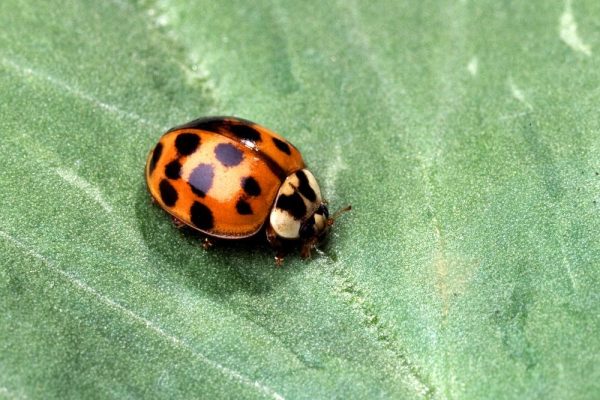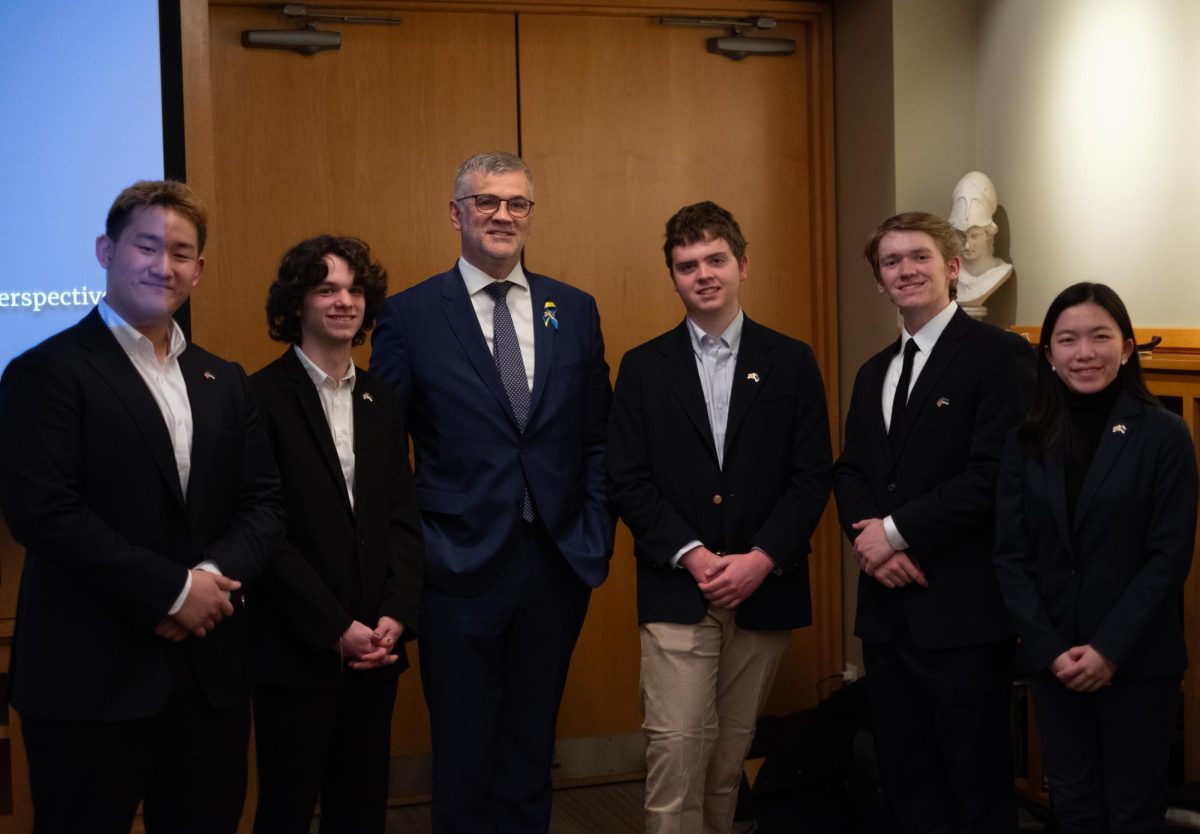They’re everywhere. They slap unassuming cyclists in the face as they race to get to class. They crawl on the computers of students sitting at picnic tables on the bald spot, almost whispering, “Psssst. Look at me. In a world of so many critters all bustling around their niches and ecosystems trying to survive, I think you’ll be fine if you take a break from your A&I essay about the history of exploration in Europe.” Whether you regard them with annoyance or affection, most would agree on the name of the species at hand: “ladybug.” Right? Wrong. The bright-red common ladybug (Coccinella septempunctata) that many recognize fondly from childhood or cartoons is actually not a major component of the swarms we’ve been having most of September. These are Asian lady beetles (Harmonia axyridis), native to Asia but now seen in many parts of the U.S. and Canada. They were first introduced in California in 1916 to lessen pecan aphids from consuming crops. Since then, they have spread across the United States. The first Asian lady beetles were documented in Minnesota in 1998 (USDA). Want to spot this ladybug impostor? They have a distinct “black “M”-shaped marking behind their heads” (University of Minnesota Extension, 2021). Although we expect to see black spots on their rigid outer wing protection (shell), these beetles can have anywhere from no spots at all to a whopping 19 spots!
For those alarmed by their abundance, don’t worry. Asian lady beetles cannot sting or carry disease. They consume aphids (small insects) and fall-ripening fruit, not humans. As the months get colder, they cluster around buildings for warmth and protection. This “swarming” is what we’ve all been seeing these past couple weeks. They especially prefer areas with broad sun coverage and buildings close to wooded areas are most at risk for infestation. So, next time a reddish-orangish-shelled Asian lady beetle ends up on your shirt or in your hair, take a moment to say hello. They can still be a symbol of good fortune, just like the common ladybugs. Maybe pick them off and say goodbye to your little hitchhikers before you enter your dorm, though.










